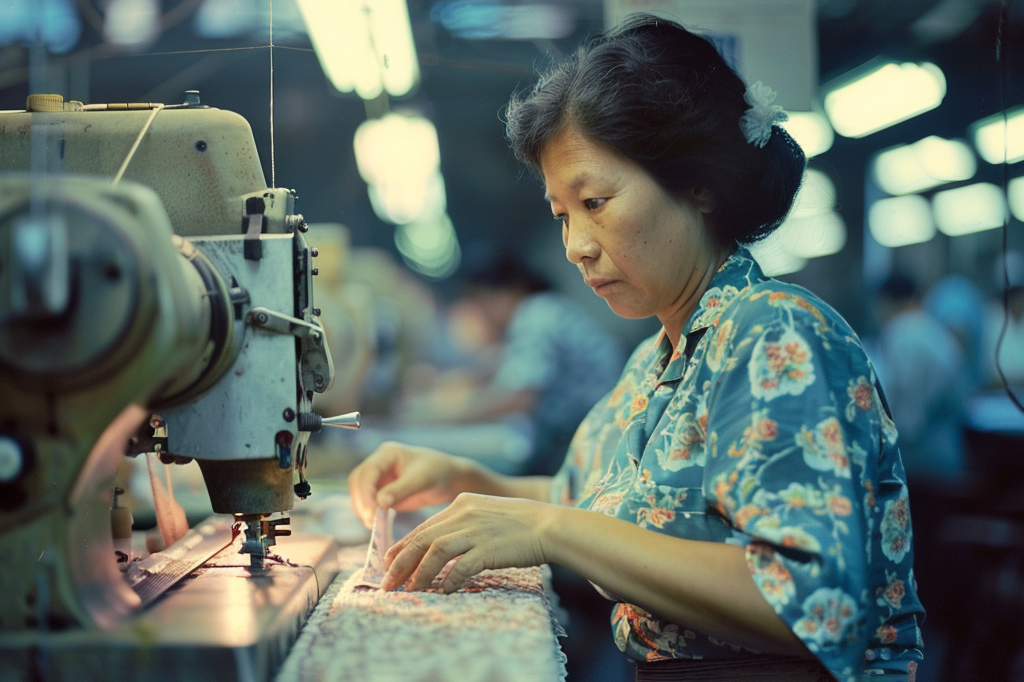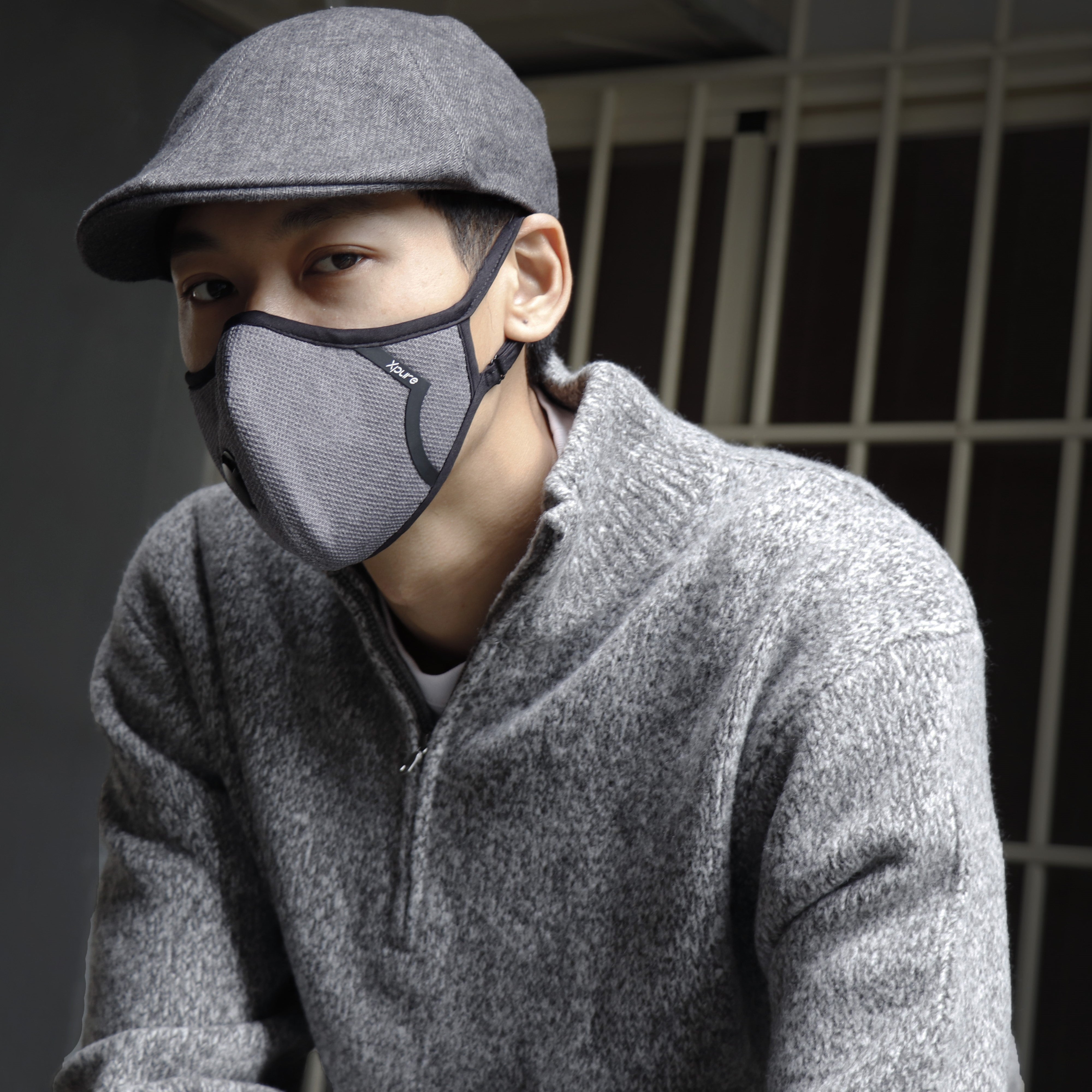Magic headscarves are like apparel, with large, full spaces on the fabric to print designs. There are a dazzling array of magic headscarves in the market, but for most of them you can’t tell what they mean, and you have no way of knowing the designer’s creative ideas. We think this is a pity.

We have been thinking about what kind of meaning we can imbue in magic headscarves. During the 2016 Tut Tut crowdfunding campaign, we invited five groups of Taiwanese new tax designers to use "Taiwan Imagery" as the theme and let them express themselves to their heart's content. This resulted in five Taiwanese Imagery series that are loved by everyone but have very different styles. .
*The following is arranged in stroke order according to the design theme.





In 2017, we gave up the plain models filled with single colors and racked our brains to create new plain models that are "plain, but not actually plain". Later, the concept of dithering image processing was adopted, and the arrangement and color matching of thick and thin lines were used to make the headscarf rich in color when viewed up close and a minimalist solid color when viewed from a distance.

This year, we noticed that some traditional festivals in Taiwan are actually very unique. They are usually held outdoors, are grand and gorgeous, and attract many believers and tourists. They are a theme with great potential for foreign marketing of Taiwan, and are also a channel for Taiwanese people to understand local culture. So we started thinking about how to bring these traditional festivals to the magic headscarf.
At first, I wanted to follow the previous approach and find designers to "draw" these festivals, but the effect was not as expected. I always felt that the unique vitality of festivals was missing. Later, I accidentally searched for several photographers who took photos of these festivals from unique angles. The photos were frozen in real moments, and were actually more dramatic than paintings! Therefore, we tried a new approach, working with professional photographers to carefully select suitable photos, and then asking designers to create patterns with a special style and artistic conception that are suitable for printing on the surface of the headscarf.

This method of combining photos and artistic post-production can make the pattern appear real and illusory. On the one hand, it replicates the real details of the festival scene, and on the other hand, it makes the style and artistic conception of the entire picture stronger through the adjustment of tones and light and shadow. We think it is very suitable for use in themes such as "traditional festivals"!
There are three types of [Taiwanese Traditional Festival Series] launched this time: [Mazu Circumnavigation], [Cannon Explosion Handan], and [Burning the King's Ship] . Of course, there are more than just these three representative traditional festivals in Taiwan, such as Pingxi sky lanterns, Zhongyuan orphan snatching, salt water bee firecrackers, harvest festival, dragon boat racing, flying fish festival, etc., etc., etc., they are all very worthwhile themes, but Due to photo copyright and production costs, these three models are currently launched. If the reviews and sales are good, additional styles will be added!
Below we will introduce one by one the original photo file, the photographer and the final effect after artistic post-production.
【Mazu’s Detour】

[Cannon-fried Handan]

【Burning the King's Ship】

After reading the above three new colors, don’t you think they are all beautiful and artistic?
Behind these patterns are the ideas and beliefs of the creators. While appreciating or wearing them, if you can have a deeper understanding of the stories of these patterns, and even explain or convey them to others, I believe that it will be of great benefit to hijab consumers. It is deeply meaningful to the original creator of the pattern!
Here are photos of actual samples of the three new styles:
Behind these patterns are the ideas and beliefs of the creators. While appreciating or wearing them, if you can have a deeper understanding of the stories of these patterns, and even explain or convey them to others, I believe that it will be of great benefit to hijab consumers. It is deeply meaningful to the original creator of the pattern!
Here are photos of actual samples of the three new styles:



